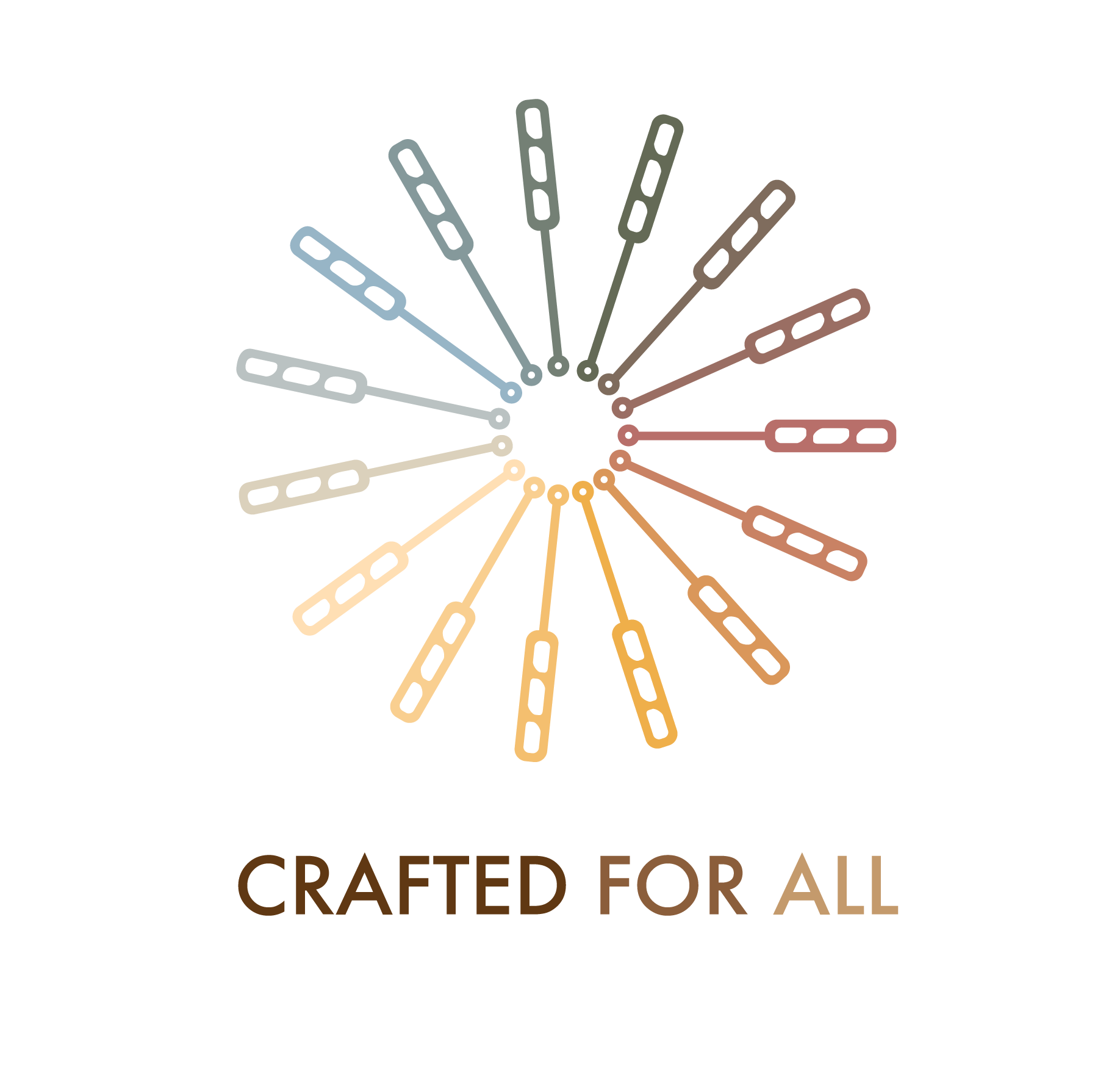This is a mid-week Bonus post for subscribers at Flagship and above. In the most recent post in the Pipeline Development and Recruiting Strategy series, we started digging into the process of formulating assessable goals for equity and inclusion efforts.
One point I tried to be careful to make is that conspicuous demographic “head counts” are not often a useful goal to strive for when building an inclusive, equitable, and just organization. I will clarify by saying, not a useful goal in and of themselves. I do, however, think it’s important to be attentive to the demographic make-up of any organization. Without paying attention to these metrics, it’s shockingly easy to miss patterns of inequity and discrimination.
What Demographics to Track
There are a wide range of demographic categories that an organization might track. When performing cultural climate audits, I start with two groups of demographic categories–a core group of identity categories and a group of workplace categories.
Identity
- Age
- Race and Ethnicity
- Gender Expression
- Sexual Orientation**
- Disability Status
**Until last week, it was legal to terminate someone’s employment based on their sexual orientation in more than half of US states. Last week’s Supreme Court ruling changed this nationwide. However, LGBTQA individuals working in these state may still be wary of answering questions about orientation.
Workplace
- Tenure (length of time working in the organization)
- Organizational Unit (departments, teams, etc.)
- Job Classification (management v. non management, salaried v. hourly, part-time v. full-time, etc.)
Some organizations collect additional information based on the size of the organization and local/regional dynamics. Categories like veteran status, tribal affiliation, educational attainment, parental status, and commute time/length are just a few examples
Collecting Data
Using a formalized system for collecting and storing data is essential. When possible, collecting these data anonymously and in conjunction with other data collection efforts is ideal (e.g. if the organization was being surveyed about their participation in a company-wide leadership retreat). Make sure all personally identifying information is stored securely in a password protected file or locked file cabinet.
Your team members should always be informed why the data is being collected and how the organization intends to use it. They should also be reminded of what identity categories are protected by state and federal law and be given a simple and consequence-free way to opt out of answering any questions they do not feel comfortable answering.
Finally, it’s important to make data collection easy and accessible. I tend to rely upon online surveys that can be completed on computer or mobile device. There are significant advantages to having data digitized upon collection. However, I also make sure that clients are provided with paper versions. You may also want to consider verbal collection procedures for those who may be vision impaired or have literacy challenges and translations for those for whom English is a second language.
Using Data
There are two primary ways that demographic data can be useful to your organization’s equity and inclusion efforts. Firstly, you can compare collected data to census data for your locale or region in order to determine how well your organization represents the general population. This can be particularly helpful when you are trying to gauge whether or not your pipeline for job applications is representative of your locale or region as a whole. I’ll be doing a demonstration of how to collect this census data for patrons at the Seasonal Release tier and above soon!
Secondly, you can use this data to look for disparities. For my money, this second use of demographic data is most useful–though admittedly, it may not come into play into you have already brought folks on board. Let’s use that example I provided above–surveying team members about their participation in a company-wide leadership retreat? Let’s imagine that the survey included a simple question like this:
The information presented in the keynote address will help me to be more effective at work.
- 5 – Strongly Agree
- 4 – Agree
- 3 – Neutral
- 2 – Disagree
- 1 – Strongly Disagree
Let’s say that the company received a response from all of its 120 employees (just in case you are wondering, this never happens) and the average response was 3.8. That’s just below the threshold for an average of “Agree,” a really solid indicator that the team found the keynote helpful…right?
Maybe.
Let’s say that this organization employs 25 women, 94 men, and 1 person who identifies as non-binary (this ratio is fairly common for the industry). Though the average response was overwhelmingly positive, here was the break out by gender.
- Men (17 x Strongly Agree || 75 x Agree || 2 x Disagree) = Average 4.1
- Women (2 x Strongly Agree || 5 x Agree || 18 x Disagree) = Average 2.6
- Non-binary (1 x Agree) = Average 4
Patterns of disparity may not be as glaring as this example in real-world settings. However, even subtle disparities can be telling. This kind of data doesn’t tell us why the disparity exists. Perhaps the keynote speaker said something sexist in the presentation and alienated many women in the audience. Perhaps the organization’s team members that are women are disproportionately concentrated in front of the house roles and the keynote was more relevant to back of the house or managerial roles. This fictional organization will have to collect some qualitative data (e.g. interviews, focus groups, or informal conversations) to determine the reasons for the disparity. The important thing is that the demographic analysis allowed them to discover a difference in the quality of a workplace experience that followed a pattern of demographic difference.
I put that last sentence in italics to make a point. We often think overt acts of -isms and -phobias, discrimination, violence, or bias are the indicators of an organization with a “culture problem.” However, it is far more likely that disparities in the quality of day-to-day workplace experiences are at the root of non-inclusive or inequitable organizational cultures.
As you consider to consider pipeline development and recruitment strategies, you may want to consider this question: Do different groups in the community experience our recruitment, interview, and onboarding process differently than others?



